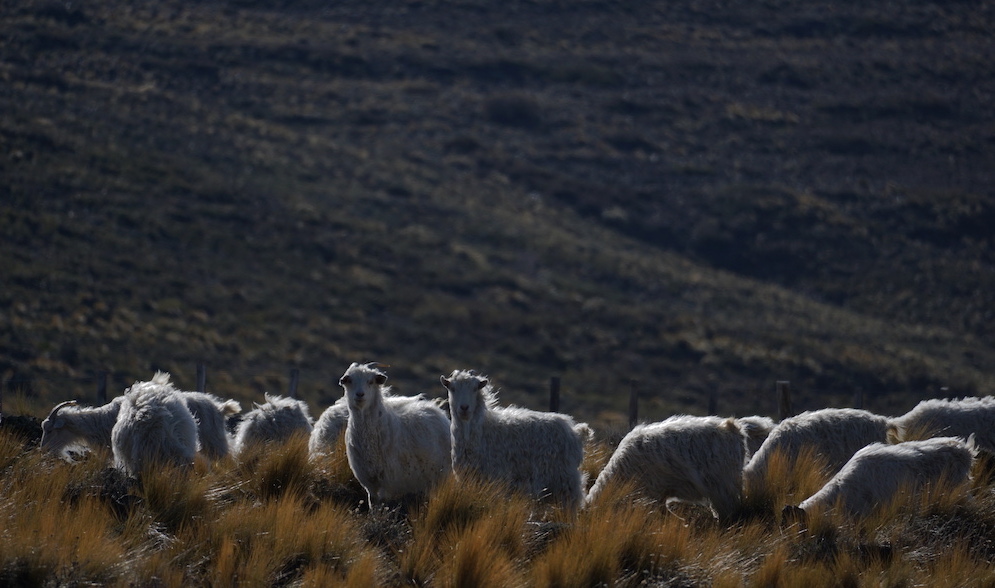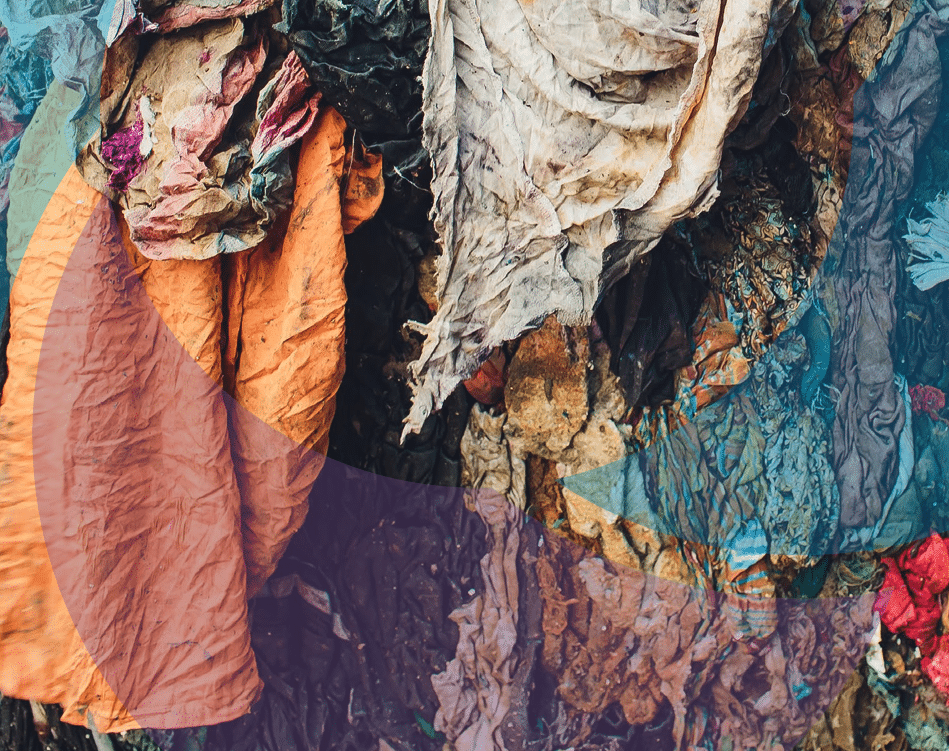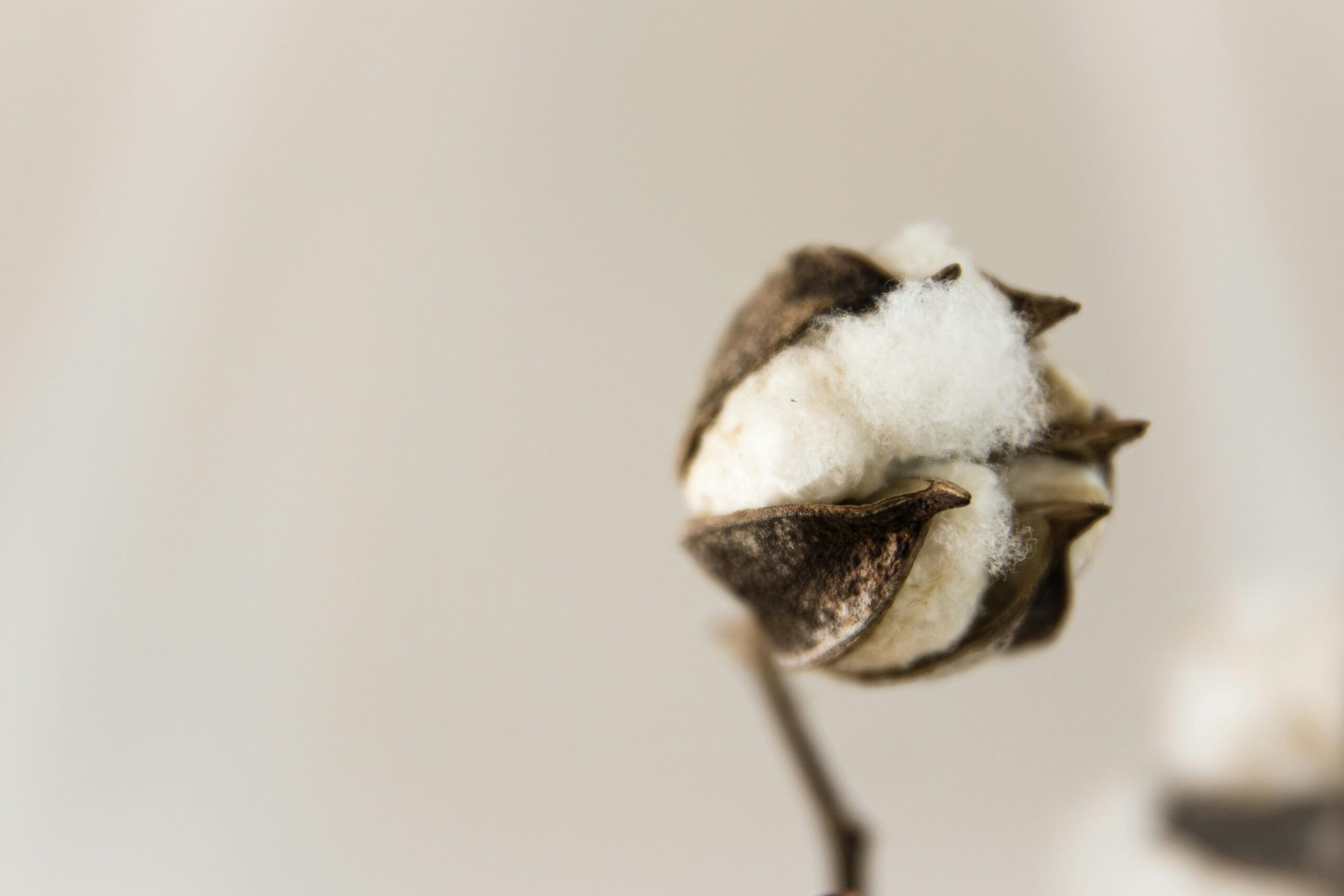The Argentine Alejandra Gottelli, founder and creative director of the brand for organic textiles, Cubreme, began her work in the 1980s influenced by the purist design school in São Paulo, Brazil. With that knowledge, she developed a performance alongside producers and scientists specializing in natural resources, which culminated in the creation and production of low-impact textiles. In this column for Pearls Magazine, Alejandra reflects on the footprints of the wool industry, the importance of a shared purpose, and the encouraging path toward sustainability.

We come from many decades of excessive extraction of our natural resources without considering the long-term socio-environmental impact. Sadly, vast regions of the Patagonian steppe have been affected by prioritizing productive and economic needs driven by national and provincial development and expansion plans, especially in the wool sector.
This lack of a comprehensive view of the environment has determined the fate of the natural ecosystems in Patagonia, leading to desertification, loss of native grasslands, and the displacement and disappearance of indigenous fauna essential for the health of these ecosystems. Therefore, the results of the traditional extensive grazing model as the sole livestock production system show us that this is not the path to sustainability.

The new “holistic” perspective demanded by biodiversity conservation places humanity in a central role to maintain systemic balance, where each agent acts responsibly and transparently.
“Wool production is a strategic link, and its allies are the new generations of producers, who must manage their lands to enable coexistence between production and wildlife.”
The crisis in sheep farming has socio-environmental features and revolves around desertification, with root causes dating back to agronomic and political errors made during the initial formation of the territory.
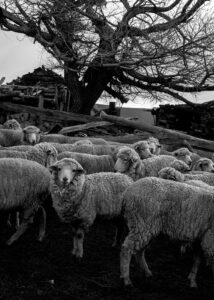
In the Patagonian steppe, the guanaco is the emblematic herbivore and has been recognized by the FAO (the UN Food and Agriculture Organization) as a key species for rural development in Latin America, due to the high economic value of its fiber, obtained in the wild under strict animal welfare standards, and the employment opportunities its production chain can generate.
Far from viewing them as two species competing for available forage, we can begin to think about combining sheep production with sustainable guanaco fiber harvesting, and developing yarns that blend both fibers in various percentages.
“The luxury textile market has received these products very well, as they are not only extremely comfortable and warm but also tell a story of environmental care and sustainable resource use.”
The collaboration and joint efforts of livestock producers, research institutions like CONICET and WCS Argentina, certification organizations such as Wildlife Friendly Enterprise Network, and designers committed to sustainability make possible the development of a different, new, and necessary productive model to face the environmental crisis we are experiencing. Support from the government sector and the general public will be essential to sustain these changes over time and to establish a new paradigm of production and development.
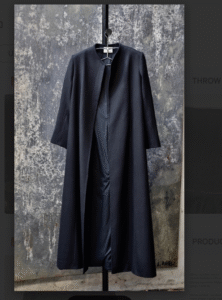
Regenerative and fauna-friendly management is beginning to show promising results, such as reducing conflicts between wildlife and livestock through measures like the use of guardian dogs or dissuasive lights, which decrease livestock losses due to predation by wild carnivores. Additionally, modifications to fences in key areas allow free movement of fauna, benefiting migratory species like the guanaco, enabling the proper functioning of the ecosystem, promoting the regeneration of natural pastures, and helping mitigate the effects of climate change.
Building knowledge from past dynamics and understanding current ones will aid in creating intelligent and forward-looking scenarios for managing a new territorial development that does not harm biodiversity or compromise the future of upcoming generations. We believe that without a shared purpose in caring for the environment, there can be no options for universal well-being.
Column developed in collaboration with WCS Argentina, Wildlife Friendly Enterprise Network, and CONICET.
Photos : Goyo Ibañez
More information on sustainable and ethical fashion in our magazine

